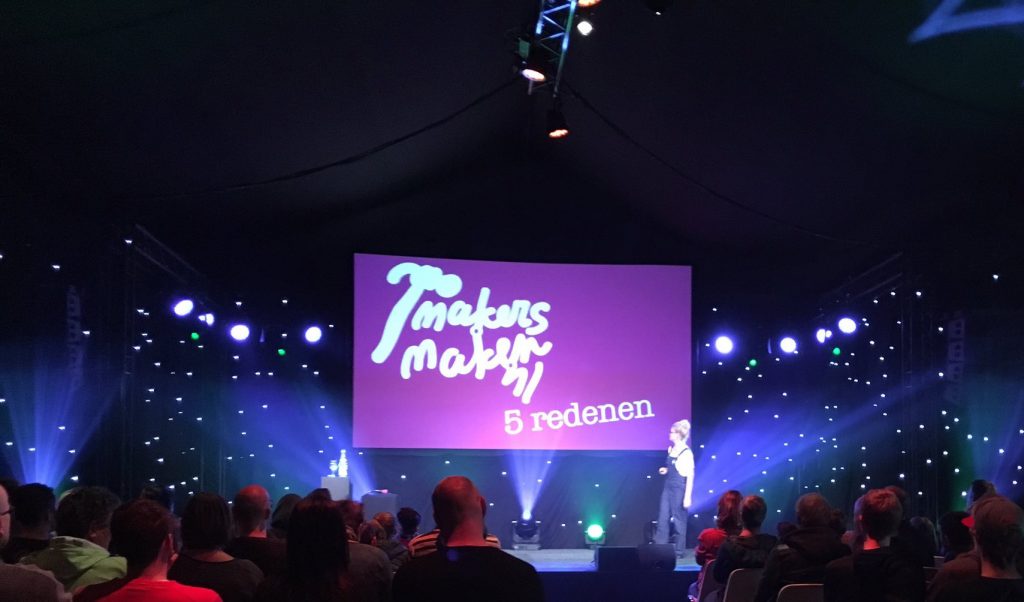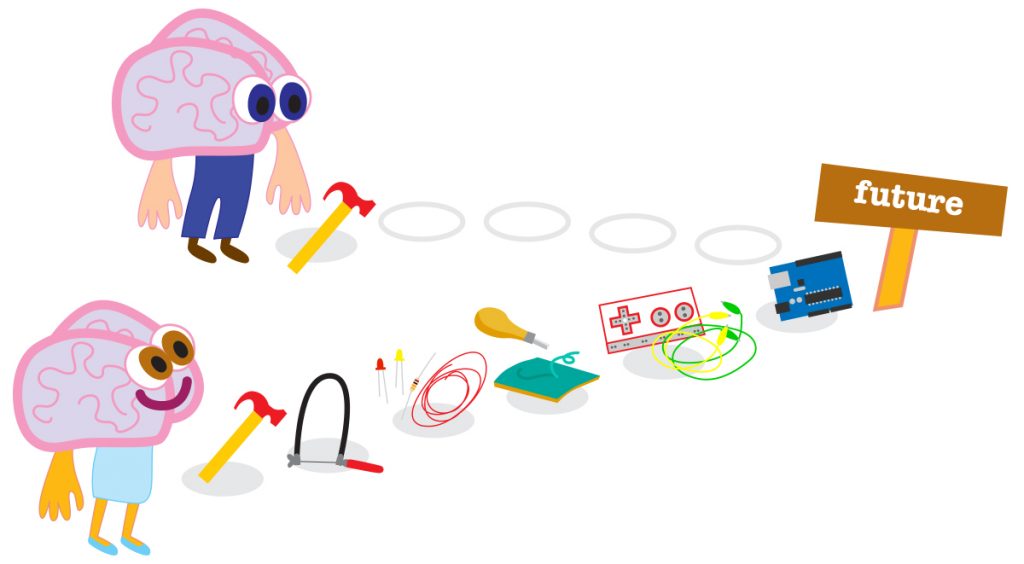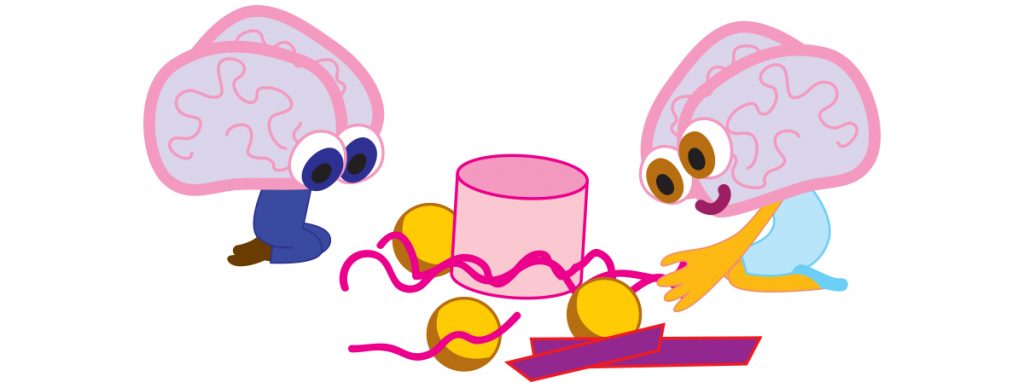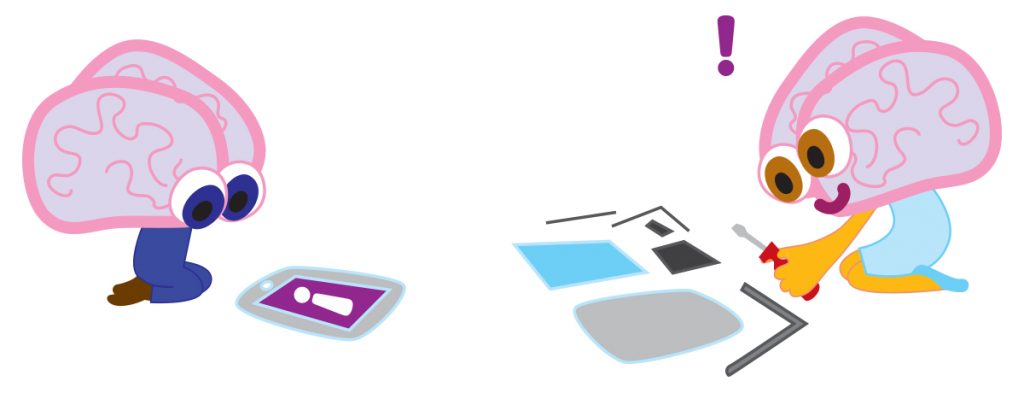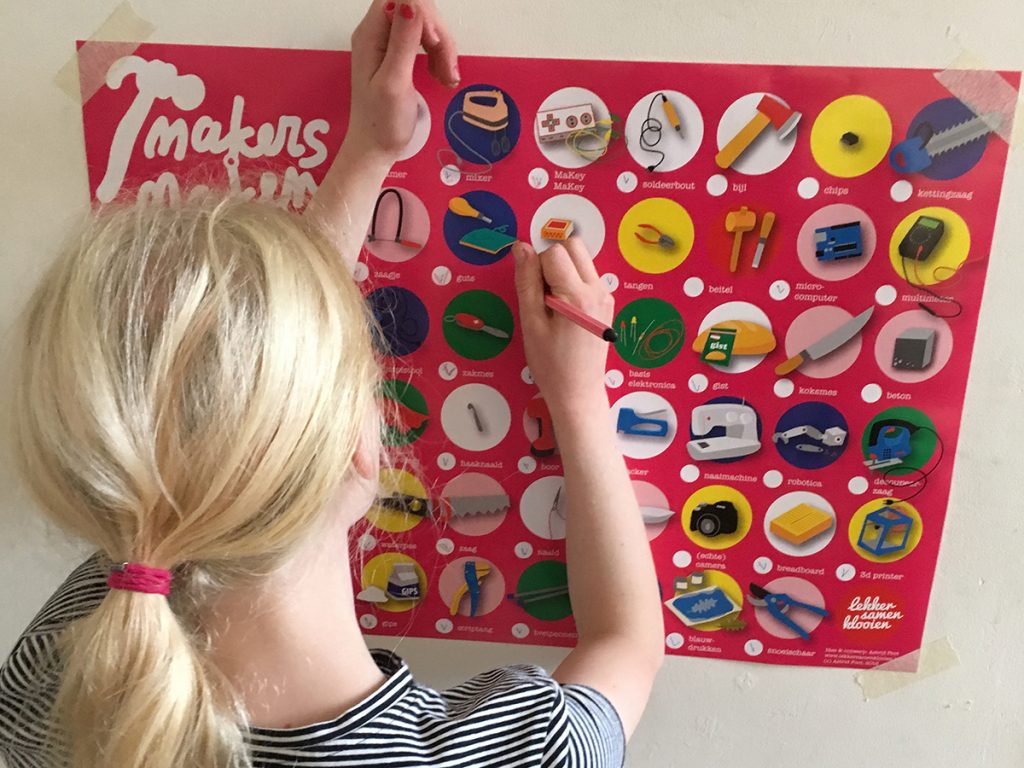I worry about the huge increase in screen time and the rapid decrease in sawing- and soldering time. Not because I am an old-fashioned hippy (I really don’t like super foods), but because both parents and children tell me they are not happy. They want change, but don’t know how.
(me telling about Making Makers at Bright Day, a huge annual tech event)
We are users. We have become consumers that do as we are expected to. We buy (money spent) and watch (time spent). Our world is designed that way and we obey. But all that buying and watching makes us uncomfortable. We are no longer at ease, we feel nervous and maybe even unhappy. Roman Kznraric explains us why: we lost our art of living. Because we no longer shape our world, we lost our sense of autonomy. We feel like trained monkeys, doing the job.
Even toys that are designed for discovery tend to become fully thought through. With my children I recently bought an amazing chemistry-set. A really big one! (The kind I never got when I was small.) But then we read the manual: ‘Never perform experiments that you thought of yourself.’ We were not inventors or scientists, we turned out to be consumers. Users. Again. We returned the box to the shop.
We’ve had it.
All the rules, the lack of trust, the disclaimers, the patronizing. What are we so afraid of!?
We have a choice.
- We can carry on as planned. Buy these predefined chemistry boxes and use our screens even more intense.
- Or we can change. We can be adventurous inventors. We can become makers and teach our children how to become makers as well.
We advocate for the second option. For these five reasons.
Reason 1: Making is the bridge
A lot of initiatives aimed at making and tech are modern and sexy. They cover robotics and coding. It emerges from VR glasses and is printed in a 3D printer. Cool! … If you are into new technology and maybe have some experience.
I almost never met a child that modelled something for the 3D printer him of herself. Or a parent, or teacher! There seems to be a gap. Making can bridge this gap: When you experience a lot of tools and techniques from a very young age you’ll benefit all your life. You build a bridge in your head: step-by-step you learn more complex skills. You develop a healthy (maker-) self-confidence and experience numerous times that new things can be mastered. Technology and making simply becomes a tool to express yourself.
Reason 2: The maker mind set is a growth mind set
A lot of makers use tech in a playful manner: they build an existing product into something else. Everything around them is material or an idea. They are fearless when it comes to inventing as they go along.
Rulof Maker is an excellent example: annoyed by the short battery life of his cell phone he fabricated a plug that transfers power between cell phone directly.
These kind of inventions show the art of living Kznraric talks about: solve your own problems, don’t buy the solution. Increase your quality of life by you own actions. Power to the people.
Children are masters at this maker mind set: a cardboard box can easily be a rocket. The maker mind set is a growth mind set: children that can look at problems with curiosity solve them more easily. And they are often more successful in later life because of this attitude.
Reason 3: To understand is to invent
You can find all answers to your questions on the Internet. But when it stops there, knowledge tends to stay theoretical. You learn more by experience. Only when you really understand something, it can become your tool. And than there are no limits to what you can build!
A great example of someone who is very good at that is Simone Giert. She builds shitty robots to make here life more easy. Ehh well, see for yourself.
Next to the fun in her work, I also really like here message. You don’t have to be an engineer to be and inventor. Her work is inquisitive, she learns as she builds.
Another example are LittleBits. Little magnets that allow you to prototype electronic circuits quickly and easily. They are a great entry into electronics for newbies. We love them, but they felt a bit like toys. Then we built some ourselves. Now we really love them. Instead of only toys, they now became tools.
Reason 4: acting accelerates the thinking process
We are all aware that learning something by heart is not the only way to learn. Making can stimulate thinking too.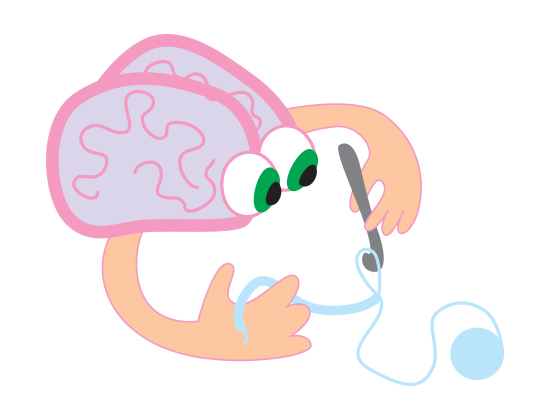 In Holland a lot of primary school teachers have their children crochet when they are given a difficult instruction. It helps the children to focus. It also trains their brain: making things with your hands leads to new thoughts in your head. The product is not the only goal; the process is important too. A colleague of mine recently told me that only 3% of ideas emerge behind a computer screen or desk. Makers know this (yeah!).
In Holland a lot of primary school teachers have their children crochet when they are given a difficult instruction. It helps the children to focus. It also trains their brain: making things with your hands leads to new thoughts in your head. The product is not the only goal; the process is important too. A colleague of mine recently told me that only 3% of ideas emerge behind a computer screen or desk. Makers know this (yeah!).
Gever Tully of Tinkeringschool tells great stories about his students decorating. When the children start decorating, they are on a thinking break. They decorate, but at the same time are pondering over the difficult next step in their design process.
Reason 5: If you can’t see it, you can’t be it
And finally: you have to know tools and materials to be able to use them as your tool. You can’t work with it, or think with it, if you’ve never felt it. More experience provides a bigger mental en physical toolbox.
Buckminster Fuller was a real maker as a child. He crafted all sorts of things from the materials he found in the woods. He also made his own tools. He became an architect, an inventor, a poet, a writer, a professor and much more. He invented the geodesic dome and came up with the concept Spaceship Earth. His experiences as a child were very important for his successful and long career.
So, should we teach making in schools?
Yes. But not only in school! Dutch children spent not even 20% of their waking hours in school. And teachers are way to busy to add making to their tasks. A lot of them also feel they lack the skills.
Teach making at home!
Parents are really powerful. When you ask children what they’d like, 70% prefers playing with their parent to using media. So get started on you man- or woman-cave and tool up with a big collection of tools and materials. Start making together with your child! Because making connects. By making and learning together you share important experiences and make great memories.
Ok, toolup. With what?
We made a poster that shows the 50 tools we think are really cool to get to know before you are 12 years old. The list is not scientific, we simply talked to some families and added what we liked. There are dangerous tools too, this is for families to decide on themselves of course. Making should be fun, can be a bit dangerous but should never cause serious damage.
The poster is in Dutch, but we’ll make sure to translate it well before the holiday season. And when we’ve done so, you can get your poster and buy tools as presents this year. Before you know it, your child will be a maker. And you too.
Astrid Poot is a maker. She is co-founder of Lekkersamenklooien, a foundation that stimulates making and tinkering. She also co-founded Makersmaken (and Makersmakemakers) that stimulates the creation of a casual tool-curriculum. She is the inventor of Klooikoffers (Tinkering Boxes) that are used in schools and libraries all over Holland. She is the creative boss at a (award winning) design agency in Amsterdam and (finally) a happy wife and mum.
